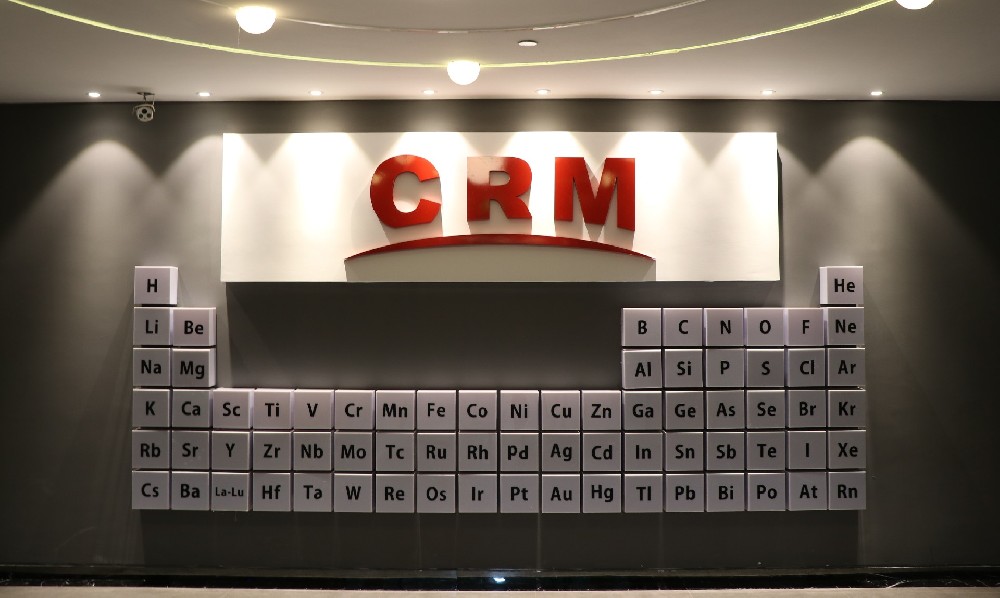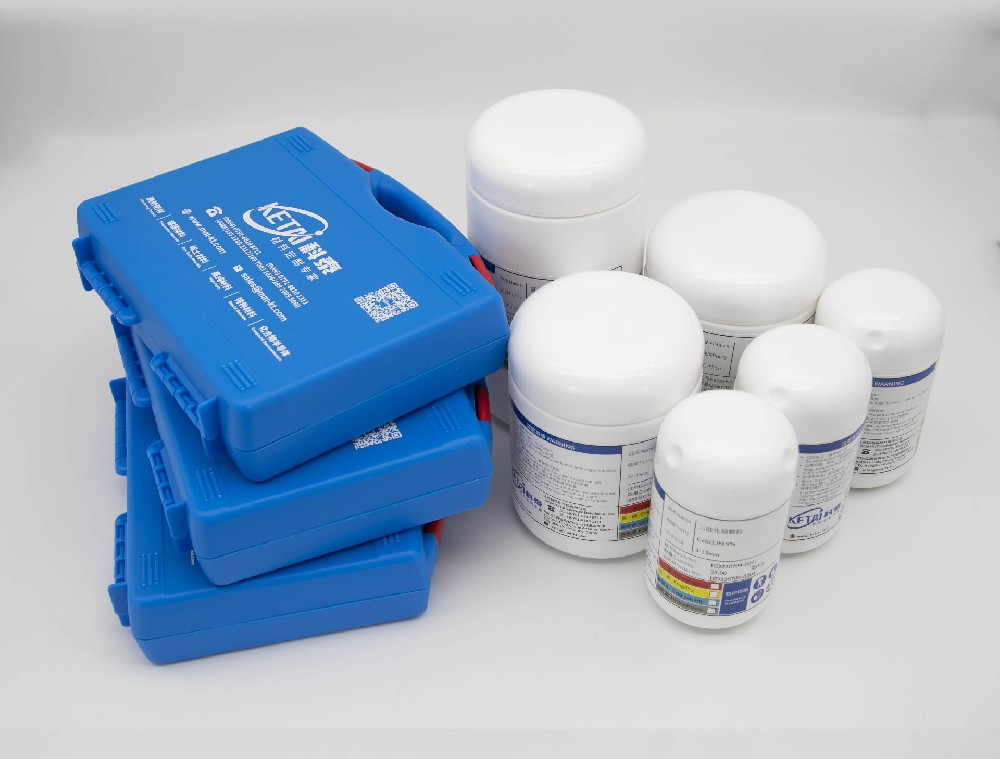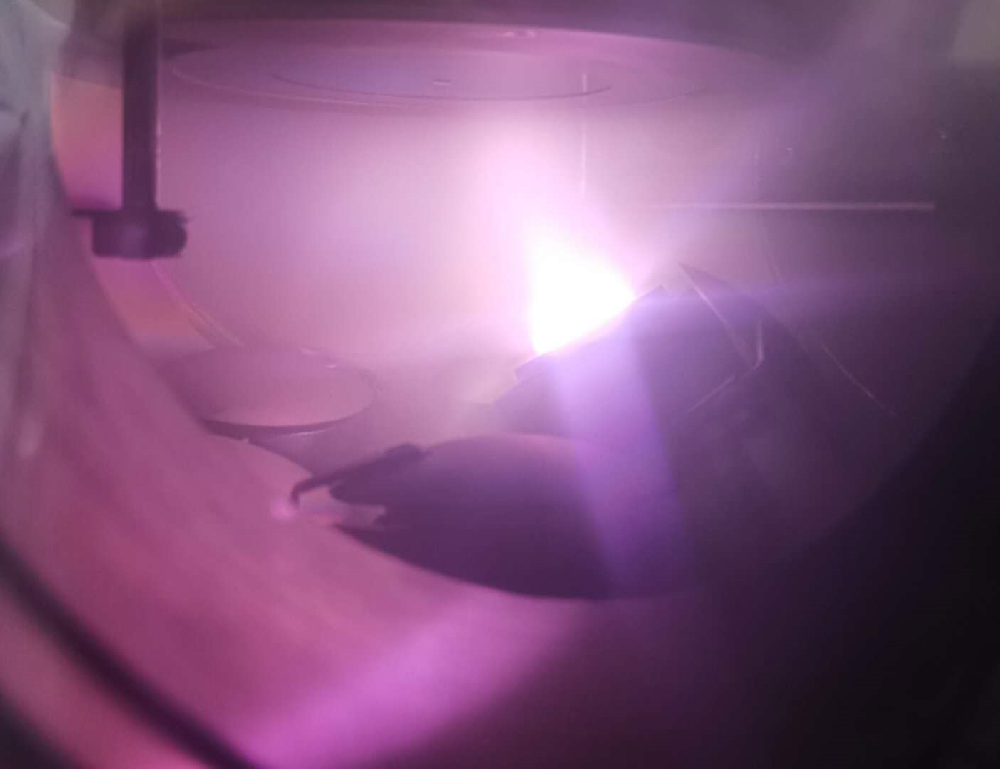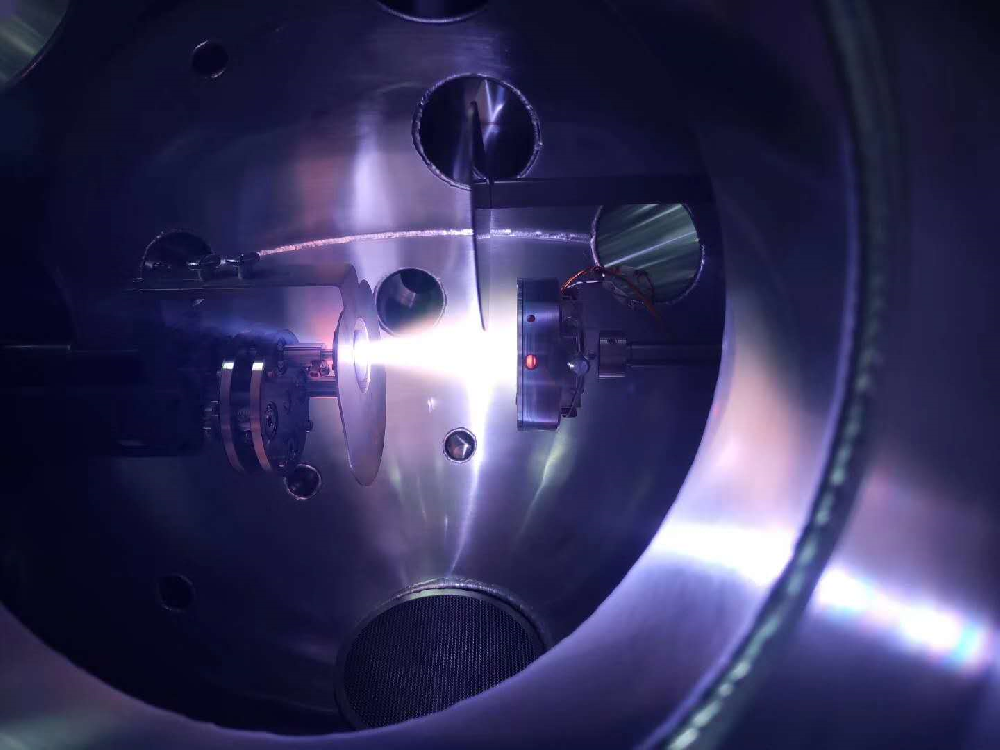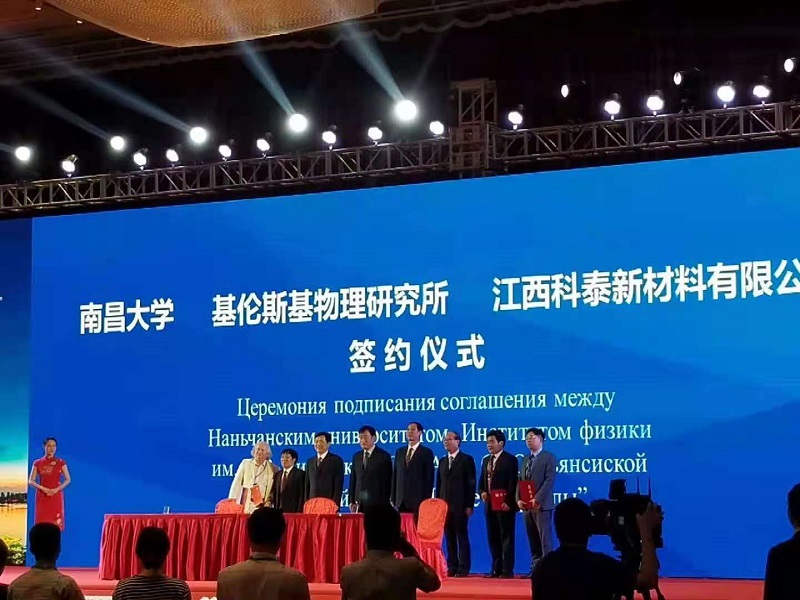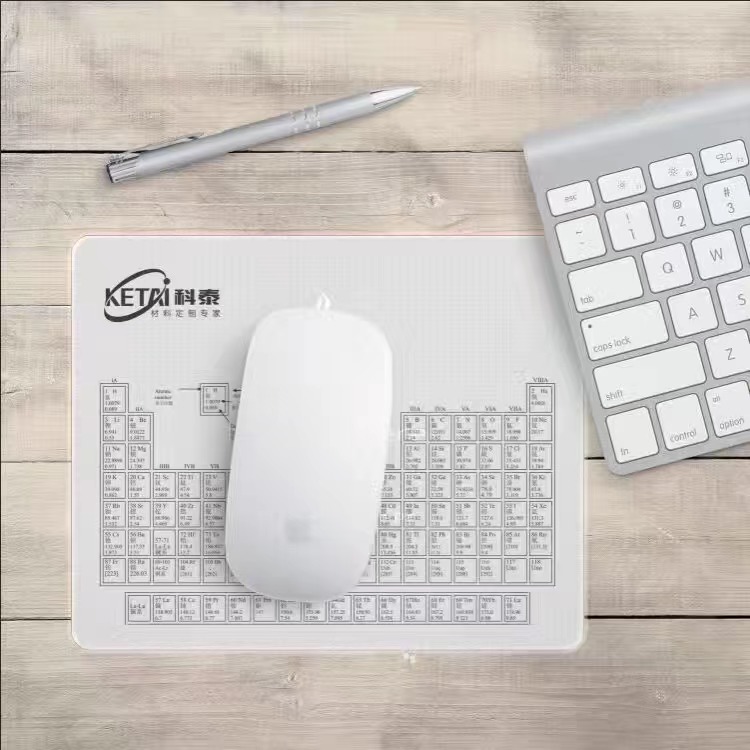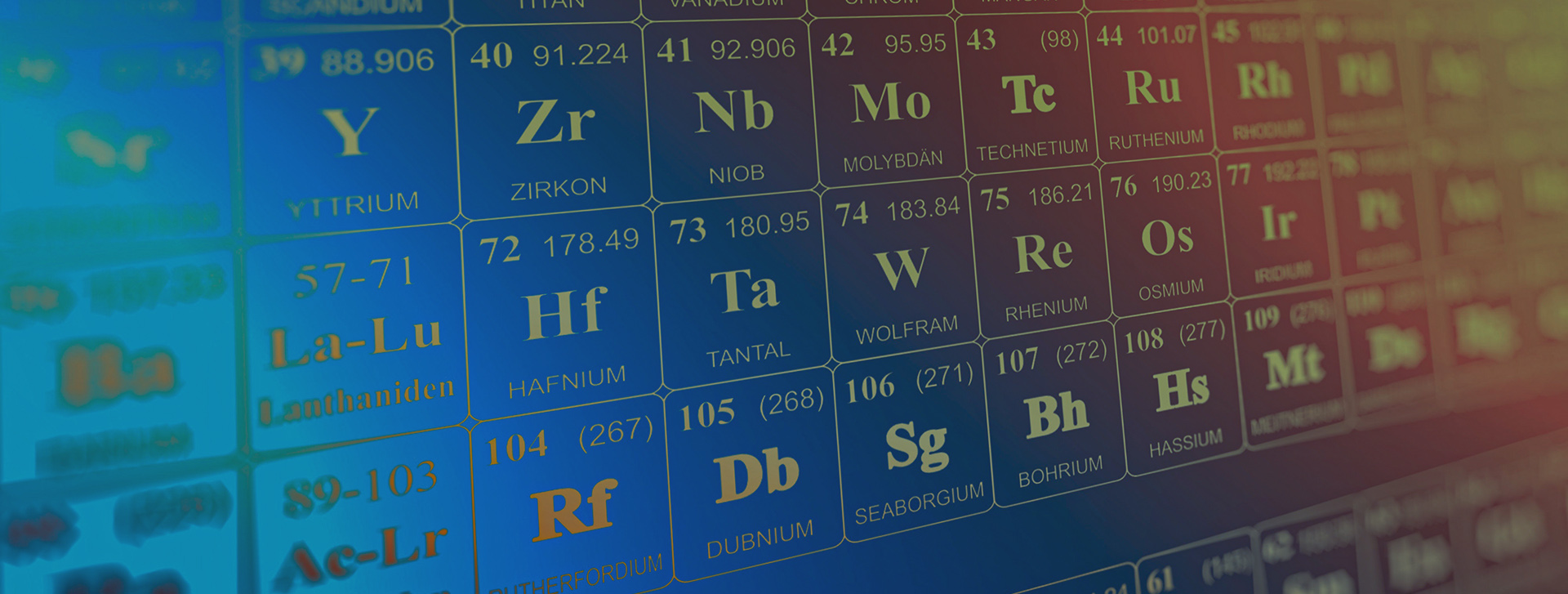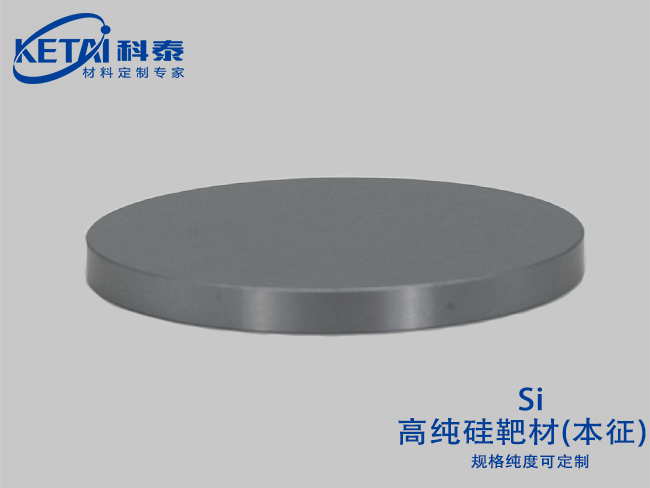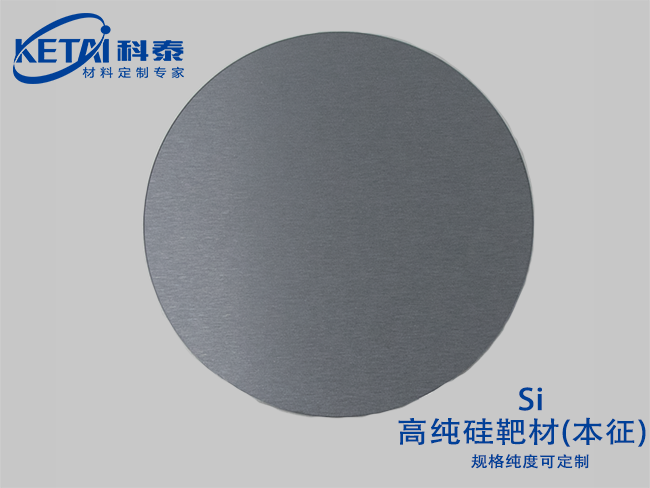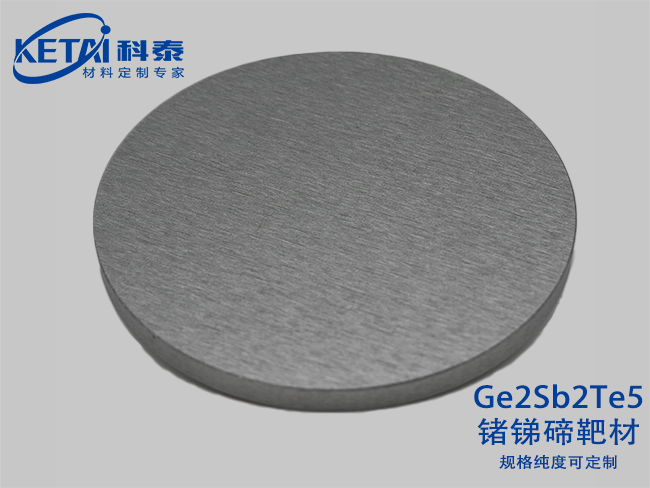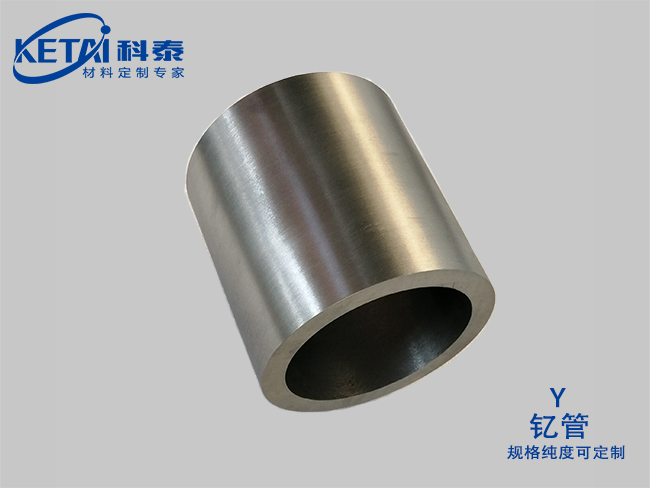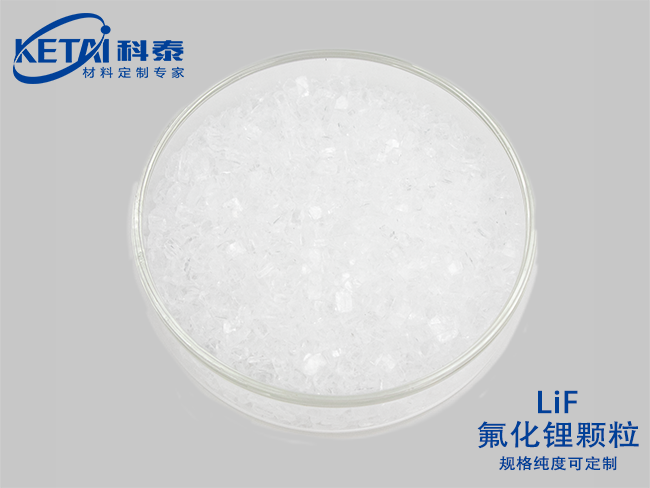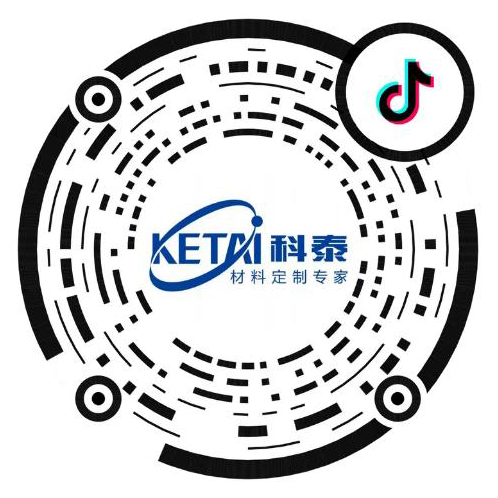-
-
Sputtering Targets
- Element Sputtering Targets
- Alloy Sputtering Targets
- Oxide Sputtering Targets
- Nitride Sputtering Targets
- Carbide Sputtering Targets
- Fluoride Sputtering Targets
- Silicide Sputtering Targets
- Sulfide Sputtering Targets
- Selenide Sputtering Targets
- Telluride Sputtering Targets
- Antimonide Sputtering Targets
- Phosphide Sputtering Targets
- Special Sputtering Targets Customization
- Sputtering Targets List
-
Evaporation Materials
- Element Evaporation Materials
- Alloy Evaporation Materials
- Oxide Evaporation Materials
- Nitride Evaporation Materials
- Carbide Evaporation Materials
- Fluoride Evaporation Materials
- Phosphide Evaporation Materials
- Telluride Evaporation Materials
- Selenide Evaporation Materials
- Sulfide Evaporation Materials
- Other Evaporation Materials
- Evaporation Materials List
- Compound Semiconductor Materials
- Rare Earth Materials
- Special Alloy
-
Crucible customization
-
Sputtering Targets
- H氢
- He氦
- Li锂
- Be铍
- B硼
- C碳
- N氮
- O氧
- F氟
- Ne氖
- Na钠
- Mg镁
- Al铝
- Si硅
- P磷
- S硫
- Cl氯
- Ar氩
- K钾
- Ca钙
- Sc钪
- Ti钛
- V钒
- Cr铬
- Mn锰
- Fe铁
- Co钴
- Ni镍
- Cu铜
- Zn锌
- Ga镓
- Ge锗
- As砷
- Se硒
- Br溴
- Kr氪
- Rb铷
- Sr锶
- Y钇
- Zr锆
- Nb铌
- Mo钼
- Tc碍
- Ru钌
- Rh铑
- Pd钯
- Ag银
- Cd镉
- In铟
- Sn锡
- Sb锑
- Te碲
- I碘
- Xe氙
- Cs铯
- Ba钡
- LaLu镧系
- Hf铪
- Ta钽
- W钨
- Re铼
- Os锇
- Ir铱
- Pt铂
- Au金
- Hg汞
- Tl铊
- Pb铅
- Bi铋
- Po钋
- At砹
- Rn氡
- La镧
- Ce铈
- Pr镨
- Nd钕
- Pm钷
- Sm钐
- Eu铕
- Gd钆
- Tb铽
- Dy镝
- Ho钬
- Er铒
- Tm铥
- Yb镱
- Lu镥
点击可查看包含对应元素的相关产品信息
科泰新材料可提供“元索周期表”近乎全元素(除放射性元素外)的任意组合材料定制,
部分产品未及时更新,特殊定制需求请咨询客服。
- Al铝
- Ar氩
- As砷
- Ag银
- Au金
- At砹
- Be铍
- B硼
- Br溴
- Ba钡
- Bi铋
- C碳
- Cl氯
- Ca钙
- Cr铬
- Co钴
- Cu铜
- Cd镉
- Cs铯
- Ce铈
- Dy镝
- Eu铕
- Er铒
- F氟
- Fe铁
- Ga镓
- Ge锗
- Gd钆
- H氢
- He氦
- Hf铪
- Hg汞
- Ho钬
- In铟
- I碘
- Ir铱
- K钾
- Kr氪
- Li锂
- LaLu镧系
- La镧
- Lu镥
- Mg镁
- Mn锰
- Mo钼
- N氮
- Ne氖
- Na钠
- Ni镍
- Nb铌
- Nd钕
- O氧
- Os锇
- P磷
- Pd钯
- Pt铂
- Pb铅
- Po钋
- Pr镨
- Pm钷
- Rb铷
- Re铼
- Rn氡
- Ru钌
- Rh铑
- Si硅
- S硫
- Sc钪
- Se硒
- Sr锶
- Sn锡
- Sb锑
- Te碲
- Sm钐
- Ti钛
- Tc碍
- Ta钽
- Tl铊
- Tb铽
- Tm铥
- V钒
- W钨
- Xe氙
- Yb镱
- Y钇
- Zn锌
- Zr锆
当前位置:首页 >> Products >> Sputtering Targets >> Element Sputtering Targets
- 产品类别
Silicon sputtering targets(Si)
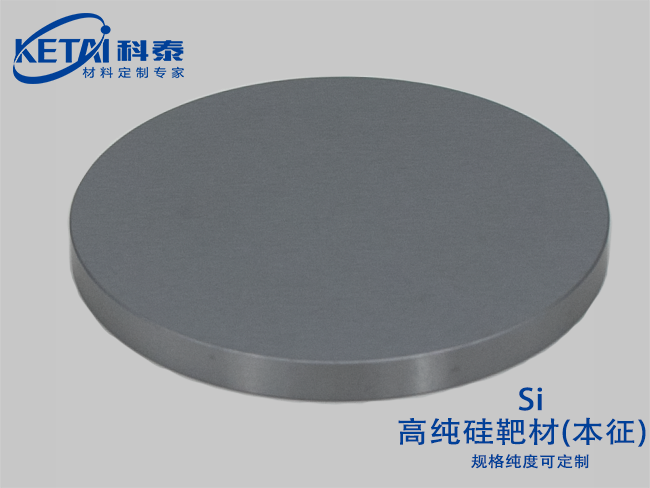
| Silicon sputtering targets(Si)基本信息 | |
| 分子式 | Si |
| 纯度 | 99.999% |
| CAS号 | 7440-21-3 |
| 摩尔质量 | 28.085 |
| 密度 | 2.3290 g·cm−3 |
| 熔点 | 1687 K,1414 °C,2577 °F |
| 沸点 | 3538 K,3265 °C,5909 °F |
| 溶解性(水) | |
Silicon sputtering targets(Si)产品概况
Silicon is a hard and fragile crystal with a grayish blue metallic luster in its appearance, and is also a tetravalent metal like semiconductor. Silicon is one of the 14th group elements in the periodic table: carbon is above it, followed by germanium, tin, lead, and lanthanum. Due to its high affinity for oxygen, it was not until 1823 that it was first successfully purified by Yongs Betzelius. Its melting point and boiling point are 1414 degrees Celsius and 3265 degrees Celsius, respectively, and it ranks second among metals and non-metals, second only to boron. Silicon ranks eighth among the most common elements in the universe, but its elemental distribution in the earth's crust is very rare. It is often widely distributed in various forms such as silica or silicate in soil, sand, and asteroids and planets. The composition of the earth's crust is more than 90% silicate, making silicon the second most abundant element in the earth's crust, second only to oxygen.
The element silicon also has a significant impact on the world economy. Silicon is usually processed together with natural minerals and has a wide range of uses, including clay, silica sand, and stone used in the construction industry. The mortar and plaster composition of Portland cement also contains silicate, which can be mixed with silica sand and gravel to form concrete for use in walkways, foundations, and roads. They are also used in white ceramics, such as porcelain, as well as in the manufacture of traditional quartz soda lime glass and many other special glasses. The most widely known use of silicon is to synthesize synthetic polymers based on polysiloxane polymers. Some silicon compounds, such as silicon carbide, can be used as abrasives or high-strength ceramic components. Most ionized silicon is used in steel making, aluminum casting, and high-quality chemical industries (typically in the manufacture of fumed silica). More significantly, the semiconductor electronics industry uses a small proportion of high purity silicon (less than 10%), which is a necessary element in integrated circuits, and most computers, mobile phones, and modern technology rely on it.
| Silicon sputtering targets(Si)产品应用 |
Silicon is a semiconductor material that can be used to make semiconductor devices, solar panels, optical fibers, and integrated circuits. It can also be used in the form of alloys (such as ferrosilicon) for automotive and mechanical parts. It is also used in cermets together with ceramic materials. It can also be used to manufacture glass, concrete, bricks, refractory materials, siloxanes, and silanes. Combined with iron, it can become silicon steel, which is a wear-resistant steel component commonly used in various tools. In addition, silicon is also one of the main components of stainless steel, used to make stainless steel have wear-resistant properties.

